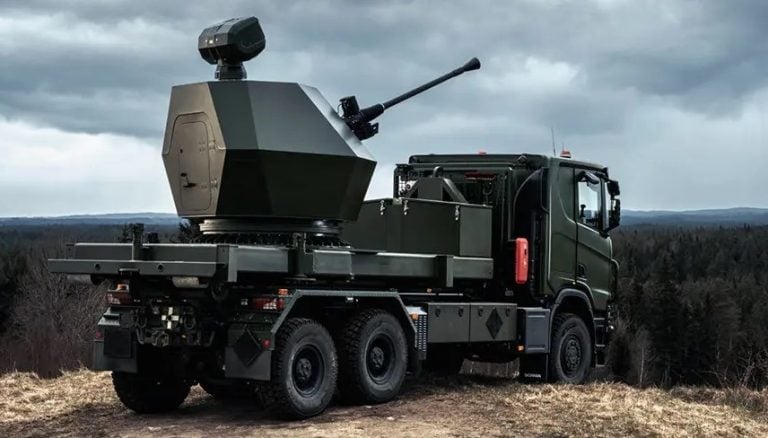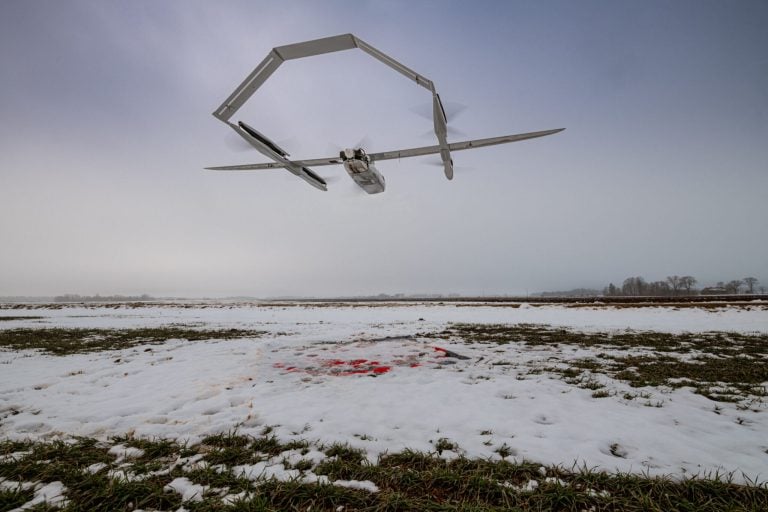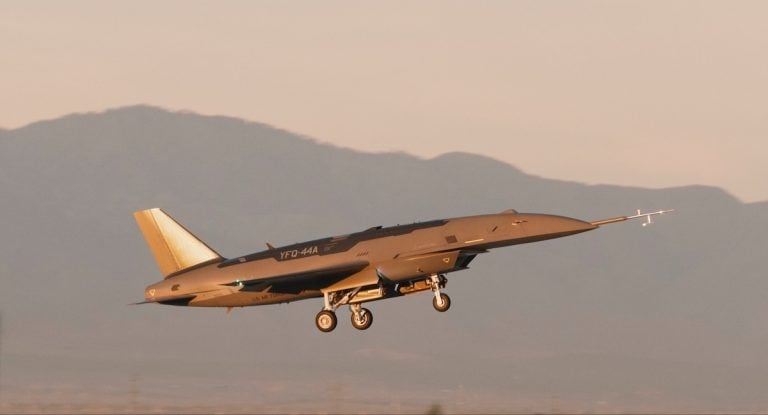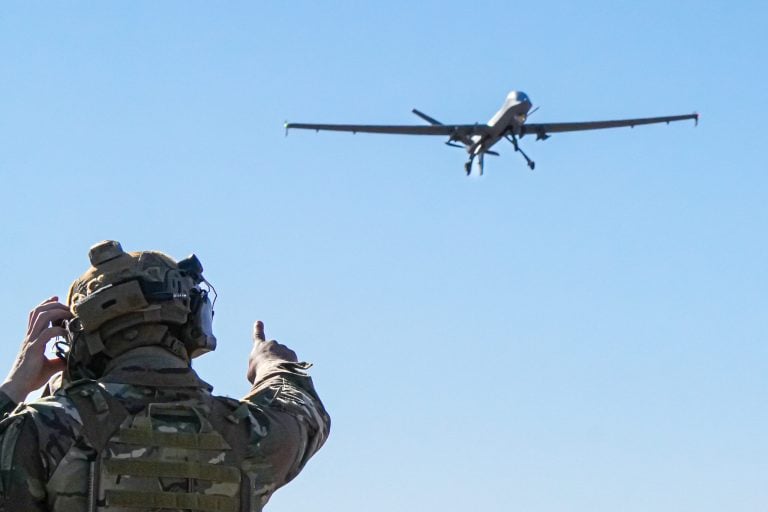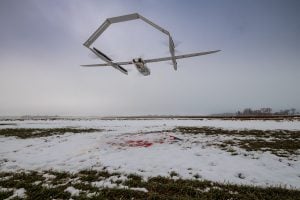The Royal Navy has officially integrated a new trio of unmanned minesweeping vessels designed to enhance maritime safety by mitigating the threat of sea mines. This innovative system, referred to as the Combined Influence Minesweeping (SWEEP) system, has the capability to detect and subsequently detonate modern digital mines that are designed to target military vessels passing overhead.
The SWEEP system operates through a remotely controlled uncrewed surface vessel that tows three specialized sensor boats. These boats emit magnetic, electric, and acoustic signals that closely mimic the signatures of naval ships, effectively tricking sea mines into detonating safely. Unlike traditional minesweeping approaches, which necessitate the detection of mines before their detonation, this system can execute both operations simultaneously, significantly streamlining the process.
One of the key advantages of the SWEEP system is its deployment flexibility; it can be launched from land, sea, or air, while being managed from a portable command center situated remotely. This design ensures the safety of personnel involved in mine countermeasure operations. Jonathan Reed-Beviere from the Royal Navy highlighted the transformative potential of this fully autonomous system. He emphasized its capacity to replicate a naval ship’s signature, thereby ensuring personnel remain out of harm’s way and restoring a minesweeping capability that the Royal Navy has lacked since 2005.
Historically, the Royal Navy’s last remote minesweeping operation took place off the coast of Iraq in 2003, while traditional minesweeping efforts were performed by HMS Ledbury in 2005 off the Isle of Wight. The introduction of SWEEP comes at a crucial time, as it addresses the increasing threats posed by naval mines, particularly from adversaries like Russia.
The SWEEP system was developed by Dorset-based TKMS Atlas UK Ltd (formerly known as Atlas Elektronik UK) under a substantial £25 million ($34 million) contract. Its “sense and avoid” capabilities allow it to seamlessly collaborate with other autonomous systems in the UK, such as the Maritime Mine Counter Measures system and SeaCat Uncrewed Underwater Vehicles.
As military officials noted, these new systems are vital not only for enhancing the Royal Navy’s operational capabilities but also for securing freedom of maneuver in international waters. Andy Lapsley, Mine Hunting Capability Team Leader at the UK’s Defence Equipment and Support, remarked that the introduction of SWEEP technology aligns with national defense objectives, particularly in the context of protective measures for UK ships and submarines amid increasing global maritime threats. The strategic incorporation of such autonomous equipment is intended to bolster the Royal Navy’s ability to patrol the North Atlantic and beyond.





